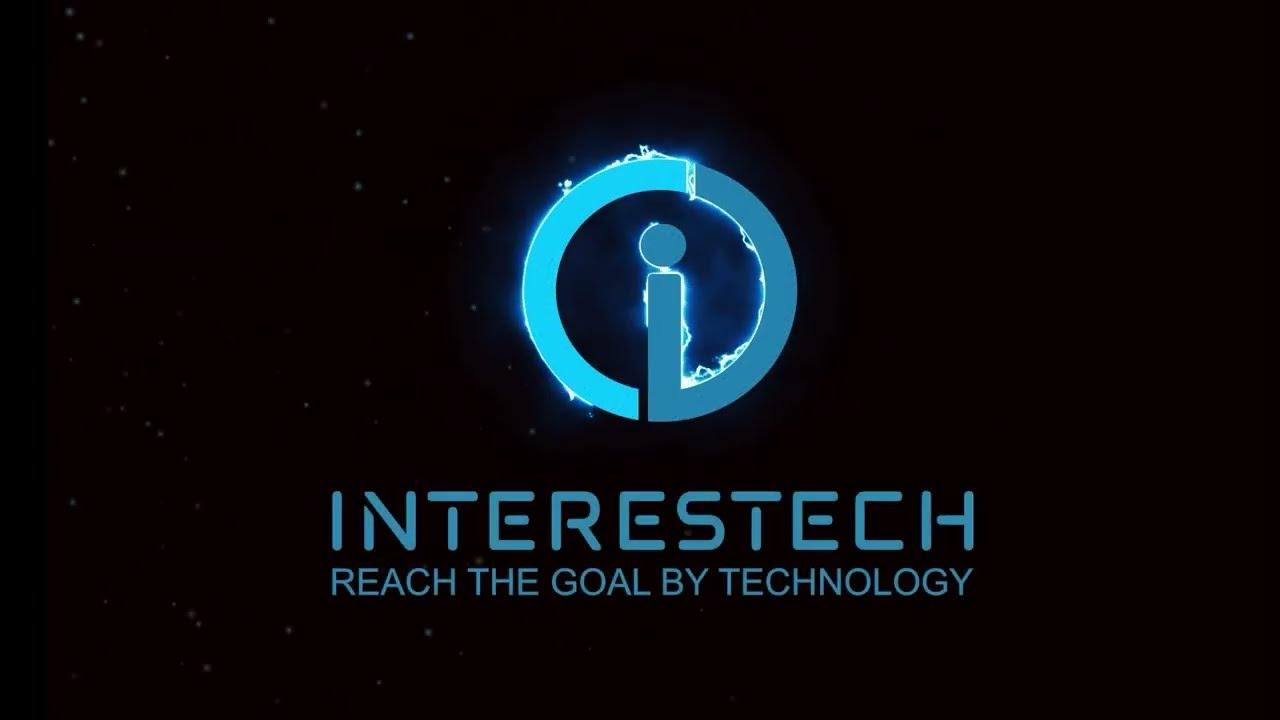BASIC ELECTRONIC COMPONENTS
Summary
TLDRThis educational video script delves into the fundamental components of electronic devices, essential for their operation. It explains the roles of resistors in controlling current, capacitors as charge-storing elements, and LEDs as reliable indicators. The script further explores transistors as advanced switches for complex circuits and integrated circuits as compact, multifunctional devices. It also touches on switches, wires, and batteries, concluding with a quiz to test viewers' understanding of these basic electronic components.
Takeaways
- 🔌 Electronic devices rely on various components to function, including resistors, capacitors, LEDs, transistors, integrated circuits, switches, wires, and batteries.
- 🛠️ Resistors control the flow of electricity in a circuit, preventing components like LEDs from burning out due to excessive current.
- 🔋 Capacitors act as small rechargeable batteries, storing charge and stabilizing circuits by filtering and allowing AC while resisting DC.
- 💡 LEDs are reliable light sources used in many devices for indication, with a long lifespan and positive and negative terminals.
- 📡 Transistors are complex components used to build electrical circuits like amplifiers, acting as advanced switches with multiple output states controlled by electric current.
- 🏭 Integrated circuits combine multiple electrical components into a single unit, simplifying the construction of complex electronic devices.
- 🔑 Switches are essential for controlling the flow of current in a circuit, with various types like limit switches, toggle switches, push-button switches, and rocker switches.
- 🔌 Electrical wires and cables are necessary for connecting devices to power sources and allowing the flow of current between different points in a circuit.
- 🔋 Batteries provide a source of electric power through electrochemical reactions, with primary (non-rechargeable) and secondary (rechargeable) types.
- 📚 The script educates on the importance of each component, emphasizing their roles in the functionality of electronic devices and circuits.
Q & A
What are electronic components and why are they important?
-Electronic components are the fundamental building blocks that regulate the flow of electrons in an electronic circuit system or device. They are critical to the operation of a specific electronic device, allowing us to fully utilize it.
What is the primary function of a resistor in an electronic circuit?
-A resistor opposes the flow of electricity in a circuit. It is required in any situation where the desired level of current flow must be controlled.
How does a capacitor act as a filter and stabilizer in a circuit?
-Capacitors allow AC or alternating current to flow through them and resist the flow of DC or direct current. By doing so, they stabilize almost any circuit by acting as a filter.
What are the two types of capacitors mentioned in the script?
-The two types of capacitors mentioned are polarized capacitors, which have a positive and negative terminal, and non-polarized capacitors, which do not have any positive or negative terminals.
What is the difference between a standard light bulb and an LED?
-LEDs are similar to light bulbs but are more reliable. They can survive for decades without showing any signs of failing and are commonly used in household items with indication lights.
What is the role of a transistor in constructing complex electrical circuits?
-Transistors are used to construct complicated electrical circuits such as amplifiers. They act as advanced switches with several output states that are controlled by passing electricity through them.
How do integrated circuits simplify the manufacturing of electronic devices?
-Integrated circuits combine or integrate a number of electrical components, simplifying the manufacturing process by reducing the need for numerous individual components like transistors, capacitors, or resistors.
What is the primary purpose of a switch in an electrical circuit?
-The primary purposes of a switch are to break the current, interrupt the current, and supply current from one conductor to another.
Why are electrical wires necessary in electronic devices?
-Electrical wires are necessary to connect a device to its power source and to enable an electrical current to flow from one point on a circuit to another.
How do batteries function as a source of electric power in electronic devices?
-Batteries function as a source of electric power by generating electron flow via chemical reactions. They have an anode (negative side), a cathode (positive side), and an electrolyte.
What are the two classifications of batteries mentioned in the script?
-The two classifications of batteries mentioned are primary non-rechargeable batteries and secondary or rechargeable batteries.
Outlines

This section is available to paid users only. Please upgrade to access this part.
Upgrade NowMindmap

This section is available to paid users only. Please upgrade to access this part.
Upgrade NowKeywords

This section is available to paid users only. Please upgrade to access this part.
Upgrade NowHighlights

This section is available to paid users only. Please upgrade to access this part.
Upgrade NowTranscripts

This section is available to paid users only. Please upgrade to access this part.
Upgrade NowBrowse More Related Video

#2 Komponen dan Alat Pendukung IoT 1 (Komponen Dasar Elektronika, Sensor dan Aktuator)

Seri Elektronika – 013: Komponen Elektronika Penunjang (Kabel dan Saklar)

What are the Classifications of Electronic Components | Passive & Active Components | EDC

REFRIGERATION SYSTEM| (PART-1)|

What is Electronics | Introduction to Electronics | Electronic Devices & Circuits

Ch.1 Electronic Instruments | 12th Vocational Electronics | Full Syllabus - One Shot Video
5.0 / 5 (0 votes)